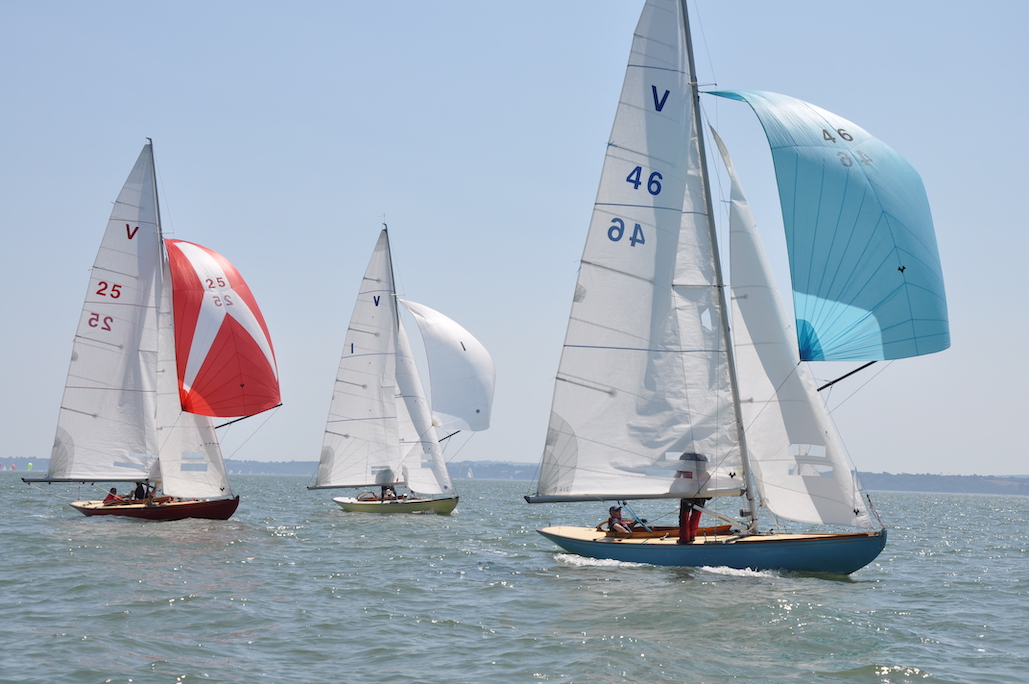To someone unfamiliar with our sport, two identical boats should sail at the same speed given equal crews, the same wind, and the same wave conditions. What an outsider may not realise is that small changes in identical equipment can make big differences in boat speed and performance.
A couple of turns on a forestay turnbuckle can change the mast rake thus affect the helm load and balance or in the case of a side stay, it can affect mast bend characteristics and thus sail shape. The adjustments available to a sailor are endless, ranging from the rig adjustments just mentioned through to sheet tension, outhaul, batten tension, Cunningham, and haliard tension to mention a few others.
Other than in boats with adjustable rigging systems (adjustments that can be done on the fly) most rigs are set up before you leave the beach or dock and cannot be changed once on the water. These settings are based on your perception of what the day’s weather will be and once you are out there, you are stuck with those settings, so plenty of study of the weather patterns is important.
If you are sailing at a new venue, don’t be too shy to copy what the locals are doing to get the perfect tuning for that venue. On the water, every change to a sail control will either give you a better or worse result and being able to ascertain the effect of these changes is incredibly difficult. Select the most successful sailmaker in your class. They will have a tuning guide that will help you set up your mast rigging tension, fore and aft rake, and pre-bend for the various conditions.
If you are new to a class, not only follow the tuning guide but ask questions of the top sailors in the fleet and copy what they do. You will be surprised at how helpful they will be, it is just a case of plucking up the courage to ask. Copying is not cheating and most champions appreciate being pushed harder and will be happy to help you get faster as this forces them to improve as well. Quantifying the effect of a small tuning change is hard to do on the water and may not be apparent until many minutes after the change because of variables in the wind between boats across the course.
After establishing a baseline, it is important to experiment using your own tweaks and then learn what each adjustment does with reference to boat speed and handling. When out racing, be honest with yourself when evaluating the changes that you made during a race and factor in a lucky wind shift that may have given you the improvement, not the adjustment. Copying the best sailors in your fleet guarantees getting up to speed quickly and this should give you an easy jump on much of the competition.
Therefore the answer to the question in the headline is a resounding no, if you don’t copy the fleet champions and you want to improve, you are starting behind the 8 ball.
From Breet Bowdon – Sailing to Win
Main image: Solent Sunbeams at the Cowes Classics © CS


